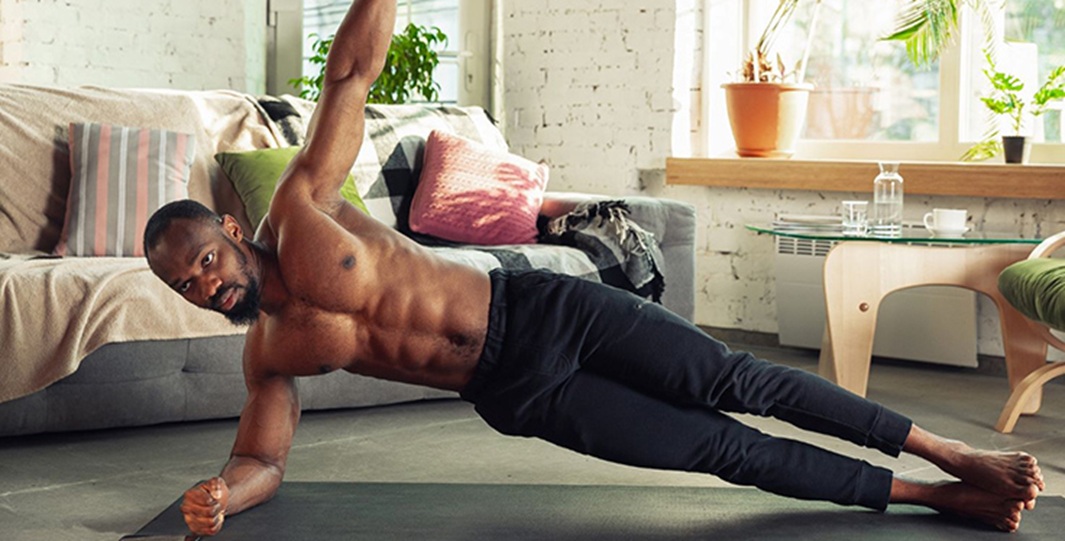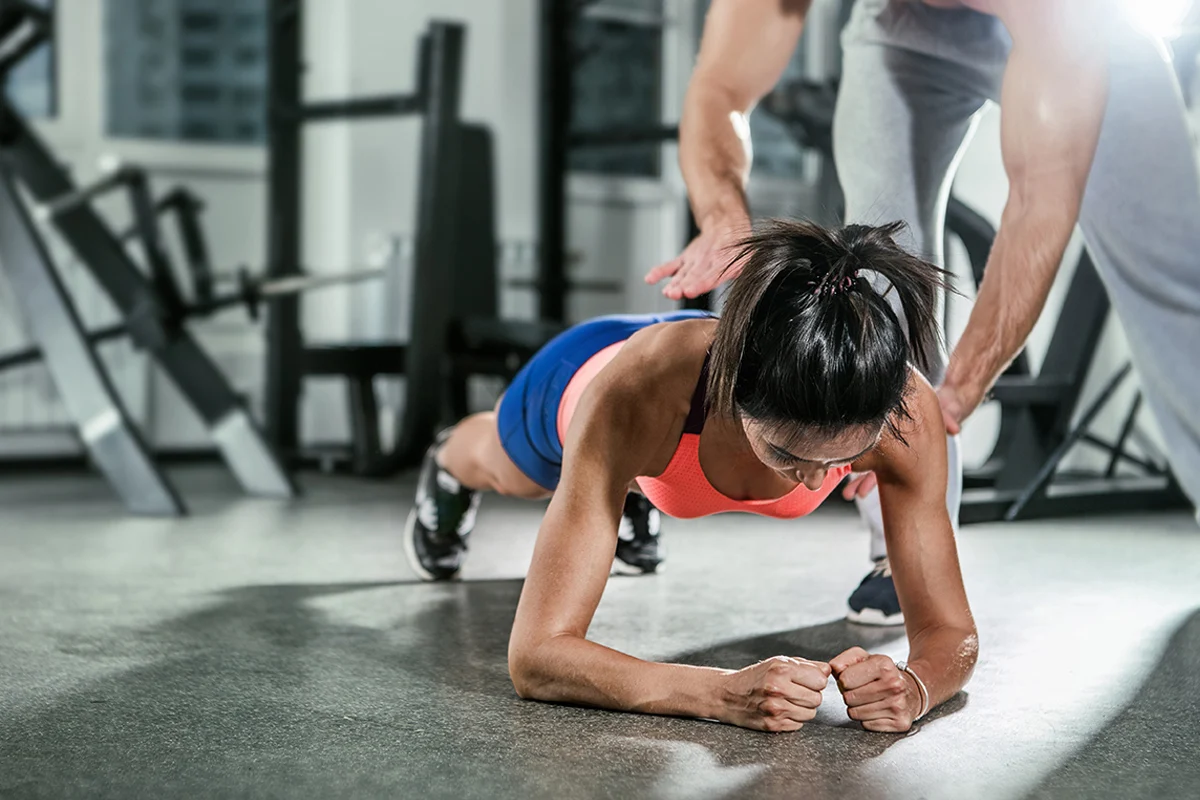The Complete Guide to Core Training for Muscle, Strength, and Stability
Build a Core That Powers Your Lifts and Defines Your Physique
When most lifters think about training their core, they imagine endless crunches or chasing the elusive six-pack. But as any serious bodybuilder knows, your core is more than a beach body accessory — it’s a powerhouse that drives strength, protects against injury, and adds density to your physique.
In this guide, we’ll break down exactly how to train your core for both aesthetics and function — with training strategies, anatomy breakdowns, and workouts tailored to every level of lifter.
Whether you’re a competitive bodybuilder, a powerlifter, or someone simply trying to build a strong, athletic frame, understanding how to properly train your core can elevate every aspect of your performance.
Why Core Training Matters (Beyond Just Abs)
Let’s get one thing straight: your core isn’t just your abs. Think of it as a muscular belt that wraps around your midsection — front, sides, and back — stabilizing your spine and transferring force between your upper and lower body.
A well-developed core directly impacts:
- Bracing under heavy squats and deadlifts
- Explosive power for pressing and pulling movements
- Injury prevention, especially in the lower back
- Posture, balance, and movement efficiency
Skipping core work is like ignoring your foundation while building a house. Sure, you might get away with it for a while, but eventually, cracks start to show — in the form of poor lifts, plateaus, or worse, injury.
Core Anatomy 101: What You’re Really Training
If you’re going to train like a bodybuilder, you need to know the anatomy you’re developing. Here’s a breakdown of the core muscles that matter:
- Rectus Abdominis
The classic “six-pack” muscle. Responsible for spinal flexion (think crunches and sit-ups). - Obliques (External & Internal)
These muscles run diagonally along your sides and manage twisting, side bending, and anti-rotation. - Transverse Abdominis (TVA)
The deepest abdominal muscle layer. It acts like a natural weight belt — bracing the spine and creating intra-abdominal pressure for heavy lifts. - Erector Spinae & Multifidus
These run along your spine and resist spinal flexion, keeping you upright and locked in during pulls, squats, and carries (1). - Quadratus Lumborum (QL)
Located in the lower back, this muscle plays a critical role in lateral stability — especially during one-sided movements.
Bottom line: A comprehensive core program doesn’t just hit the abs. It strengthens and sculpts all sides of the trunk for both function and form.
Aesthetic Core vs. Functional Core: You Need Both
As bodybuilders, we train for both show and go. That means your core training should be split into two approaches:
Training for Aesthetics:
- Focus: Hypertrophy
- Sets/Reps: 3–4 sets of 8–15 reps
- Key Movements: Weighted crunch variations, leg raises, decline sit-ups, cable crunches
The goal is time-under-tension and progressive overload — just like any other muscle group.
Training for Stability:
- Focus: Control, bracing, anti-rotation
- Sets/Reps: 3–4 sets of 10–30 seconds (isometrics) or slow, controlled reps
- Key Movements: Planks, Pallof press, dead bug, ab rollouts
This is where you build function, protecting your spine and enhancing strength transfer in compound lifts.
Smart Strategy:
Train both. A shredded core that can’t stabilize under load is just for show. A strong core without muscle development lacks the visual impact. Combining both types of training will give you a core that looks incredible — and performs like armor.
When and How Often to Train Core
Core doesn’t need to be trained daily, but it should have a consistent place in your program.
Frequency:
2–3 times per week is optimal for most lifters.
Timing Tips:
- End of upper or lower body days: Avoid core training before heavy lifts like squats or deadlifts — you don’t want your stabilizers fatigued.
- Rotate 3–5 core exercises per week to keep it balanced and engaging.
You don’t need to overcomplicate it. Keep it structured and progress just like you would with chest or back.
Best Core Exercises for Muscle and Strength
Here are the top five core movements that combine aesthetics and stability. Rotate these into your training based on your current goals and level.
Hanging Leg Raises
- Target: Lower abs and hip flexors
- Why it works: Builds lower abdominal density and hip control
- Pro Tip: Control the descent; don’t let momentum do the work
Cable Crunches
- Target: Rectus abdominis
- Why it works: Great for progressive overload and visible ab development
- Pro Tip: Crunch from the ribs, not the hips — feel every inch of the squeeze
Ab Wheel Rollouts
- Target: Transverse abdominis, rectus abdominis
- Why it works: Teaches true spinal bracing and core control
- Pro Tip: Keep glutes tight, avoid collapsing at the lower back
Weighted Planks
- Target: TVA, obliques, erectors
- Why it works: Turns planks from a boring static hold into a progression-based strength builder
- Pro Tip: Place weight just above your glutes, keep a straight line from shoulders to heels
Pallof Press
- Target: Obliques, anti-rotation stability
- Why it works: Builds deep core strength and lateral control — essential for compound lift stability
- Pro Tip: Keep your core braced and hips square, resist the cable’s pull with minimal movement
Programming Core Into Your Split
Here’s how to integrate core work into a bodybuilding or strength training routine:
Option 1: Add Core to Upper Body Days
Finish with 2–3 sets of Pallof presses, planks, or leg raises.
Option 2: Add Core to Lower Body Days
Post-squats or deadlifts, hit ab rollouts, cable crunches, or weighted sit-ups.
Option 3: Dedicated Core Day (For Advanced Lifters)
If core is a weak point or physique focus, dedicate one short session a week solely to abs and trunk work.
Avoid These Core Training Mistakes
Even experienced lifters can botch their core training. Here are the most common mistakes to avoid:
- ❌ Only doing high-rep bodyweight crunches
- ❌ Neglecting the lower back and anti-rotation work
- ❌ Training core before squats/deadlifts
- ❌ Using speed over control
- ❌ Ignoring progressive overload
Treat your core like any other major muscle group — program it with intent and progression, not as an afterthought.
Plug & Play Core Workouts
Here are sample templates based on training level:
🟢 Beginner Core Circuit (2x/week)
- Plank – 3 x 30–45 seconds
- Dead Bug – 3 x 10/side
- Cable Crunch – 3 x 15
🟡 Intermediate Core Builder
- Hanging Leg Raise – 3 x 10
- Ab Wheel Rollout – 3 x 8
- Side Plank – 3 x 30 sec/side
- Pallof Press – 3 x 12
🔴 Advanced Core & Abs Day
- Weighted Decline Sit-Up – 3 x 12
- Ab Wheel Rollout – 3 x 12
- Weighted Plank – 3 x 45 seconds
- Hanging Windshield Wipers – 3 x 8/side
Final Word: A Core That Shows and Performs
As a bodybuilder, your core isn’t just for aesthetics — it’s the center of your strength universe. A powerful, developed core supports heavier lifts, keeps you injury-free, and carves the midsection that defines your physique.
So train it with purpose.
Train it with progression.
Train it like you mean it.
Whether you’re chasing a shredded six-pack, a bigger total, or just more stability under load — your core is the difference between “almost” and elite.






